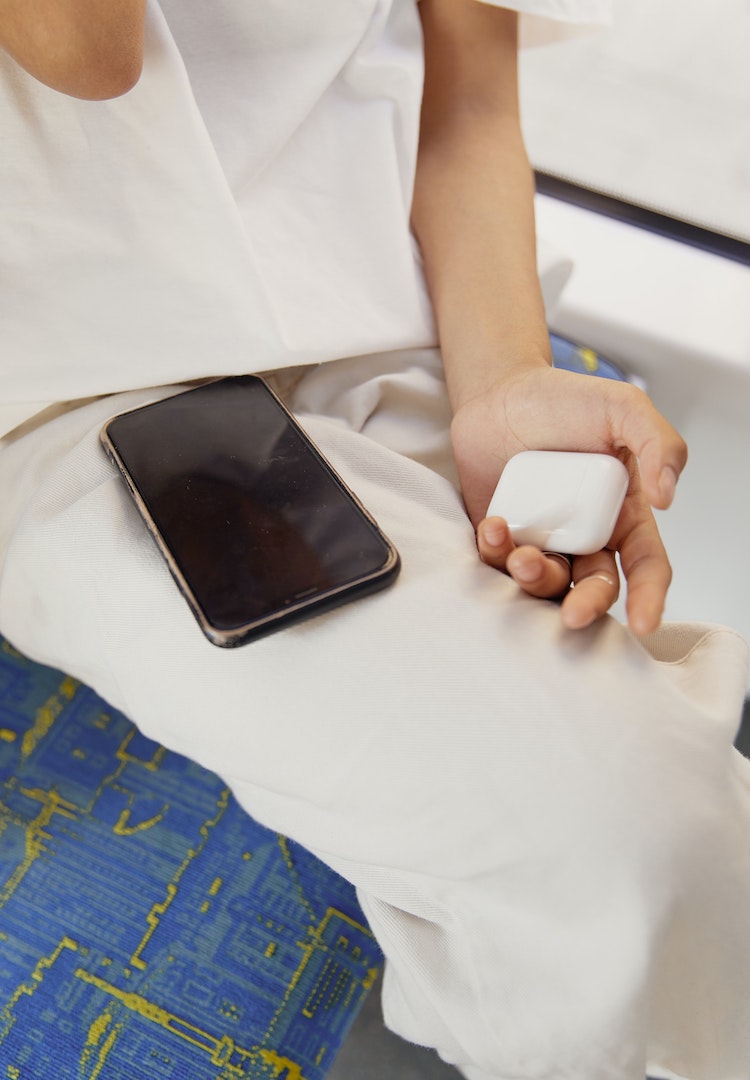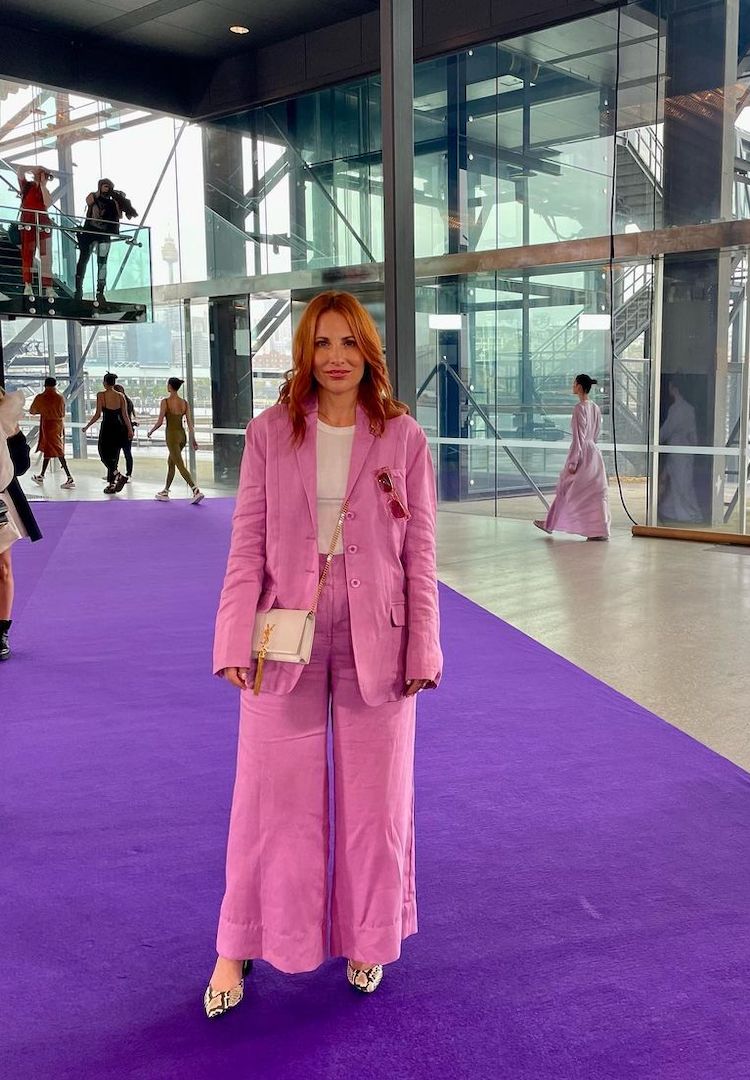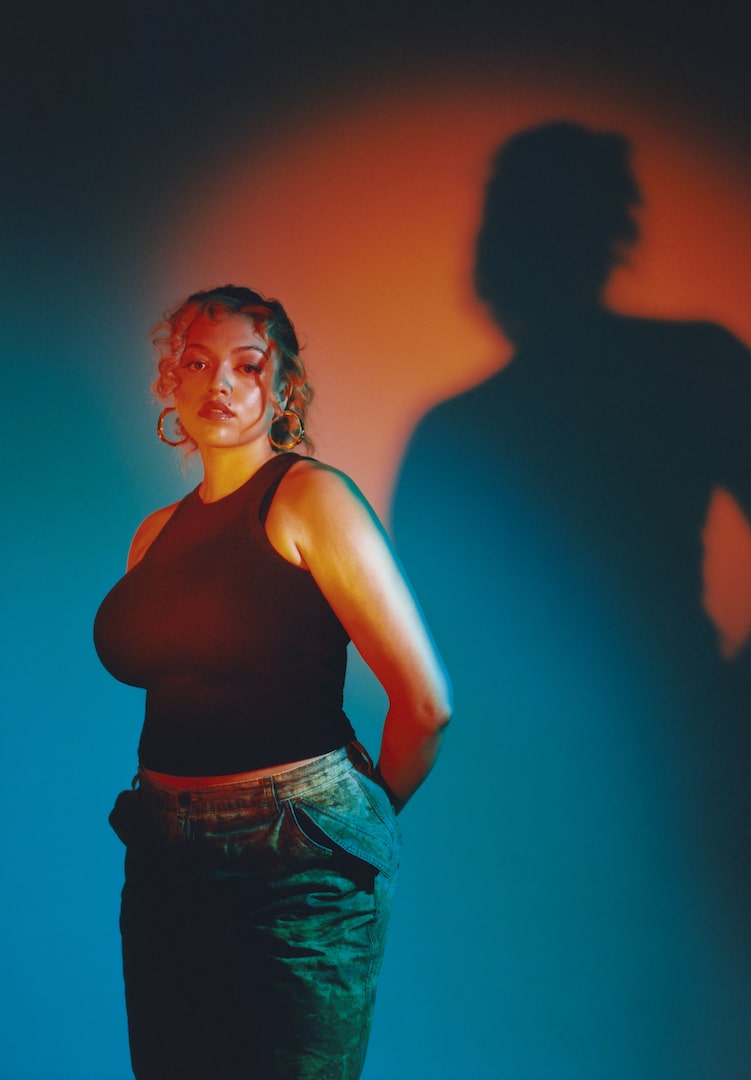What is brown noise and can it help you concentrate?
WORDS BY SHAEDEN BERRY
Does it actually work?
As someone who works full-time and is studying her Masters’s full-time online, if there’s one thing I love, it’s a productivity hack. I’ve always been inconsistent in my approach to work. I tend to work in stops and starts – a sudden burst of writing here, followed by twenty minutes of phone scrolling.
But when you’re trying to fit writing and studying around a full-time work schedule, while still maintaining some semblance of a social life and getting adequate rest, you no longer have the luxury of just chipping away at tasks. Time is tight and deadlines loom, which is why I’m always game to test out a new productivity hack. The latest? Brown noise.
Want to read more about how others navigate the world? Head to our Life section.
I came across brown noise when I was scrolling through the Spotify podcast charts and saw, sitting among the usual suspects, Brown Noise Sound Machine (12 hours). Equal parts confused and intrigued, I took to Google to investigate.
Brown noise refers to sounds that mimic ‘Brownian motion’, which is the movement that pollen makes in water, identified by the botanist Robert Brown in 1827. It’s similar to its more well-known counterpart, white noise, but the lower frequency notes have been augmented to create more bass. This makes for a more palatable listening experience.
Brown noise has exploded in popularity on TikTok, particularly within the ADHD community, with many commenting that playing the noise helps their brains switch off. A top-rated video about brown noise from user @NatalyaBubb puts it plainly, stating “Where did all the thoughts go?”. Others have claimed it helps them concentrate and have likened the experience to “having a weighted blanket” placed on their brain.
As someone who has trouble focusing on a single task for a prolonged period of time (my mind works like a laser pointer in a hall of mirrors, pinging from one place to the next) I was immediately excited about the prospect of using brown noise. Luckily, because I’m endlessly busy, I had a several thousand-word essay due that was perfect for this experiment.
What’s the verdict?
My first thoughts were that it sounded like the droning hum you hear when you’re on an airplane. It was a little odd initially – it felt a bit like wind rushing past my ears. I worked solidly and listened to it for about 45 minutes, which is a long time for me. However, whether this was because the brown noise actually helped my brain to stay on track, or it was just a placebo effect, I can’t say for sure.
What I can say is that the noise was an excellent non-intrusive way to block out external distractions. I have two chaotic cats who regularly crash-tackle each other and generally cause loud havoc (and they love doing it when I’m sitting at my desk trying to study). I’ve tried to drown them out with music, but find that any type of music is too distracting. The brown noise worked perfectly in shutting them out entirely, without overwhelming my own brain in the process.
At this stage, there hasn’t been any research on the link between brown noise and increased focus, or between brown noise and ADHD. It’s possible it’s a placebo effect, or that the brown noise is tapping into ‘sound masking’, which is background sound that matches the frequency of human speech to help block out distractions. But experts that have weighed in on brown noise have concluded that if it works for some people, then it works.
Brown noise is safe to listen to (as long as we aren’t blasting it in our headphones) and if it happens to help you focus, why wouldn’t you continue to listen to it? For me, the results of my experiment are notable enough to encourage me to plug into brown noise whenever deadlines and due dates loom.
For more on brown noise, try this.










